Understanding Frankia alni nodulation on alder
- Kostas Georgopoulos

- May 29, 2023
- 2 min read
Updated: Jul 19
To this day, our lab has run many experiments with the aim of understanding how soil biotic and abiotic properties affect tree growth and establishment. We have tested various hypotheses by growing trees in live forest soil, sterile forest soil or sterile poor soil which has been inoculated with the microbiomes of the various forests we have visited, either in the form of soil transfer, community size fractions or cultures.
In my personal field of research, I have performed these sorts of experiments on common black alder (Alnus glutinosa). Alder trees are pioneer species, known for their adaptability to a large range of ecosystems. These trees not only ameliorate soil structure through leaf and root exudates but they also form both endo and ectomycorrhizal symbiosis which improves their capacity to extract macronutrients. They also form bacterial symbiosis with bacteria of the genus Frankia.
These are ubiquitous actinobacteria which are able to fix nitrogen either as soil dwelling saprophytes or plant symbionts. While Frankia can infect over 200 plant species, F. alni specifically are symbionts specific in plants of the genus Alnus. They form a symbiotic relationship with the roots of Alder trees and through their association they can supply 70-90% of the nitrogen needed by the host plant, potentially giving it a significant advantage in nutrient poor soils.
Interestingly, all of my experiments thus far have revealed clear effects on the root nodulation of A. glutinosa. When planting trees in older forest soil or when inoculating with older forest soil communities, nodule density decreased compared to the younger forest soil even in the early stages of afforestation (10 vs 25 year old forests).
These effects sparked my interest in this symbiosis. Knowing that as forests develop, both the abiotic and the biotic properties change, I was left with many questions. At what time do the alder trees start nodulating? If high levels of nitrogen are already present in the soil do they even want to form this symbiosis? What about the bacteria themselves? Does it matter whether there are more or less of them in the soil for the success of this symbiosis?

To answer these questions I set up three experiments. In my first experiment I inoculated surface sterilized A. glutinosa seedlings with F. alni and harvested some of them daily in order to see when the trees would start nodulating from the moment of inoculation. Trees showed clear signs of nodulation already two weeks after inoculation.
In my 2nd experiment, I inoculated sterile soil with inocula of different F. alni tissue densities to test whether different amounts of F. alni would lead to different nodule densities.
In my 3rd experiment I again inoculated sterile soil with a standard amount of F. alni ground tissue and then fertilized with different levels of available nitrogen to test whether plants would choose to form this symbiosis both under poor and rich nitrogen conditions.

These experiments are currently running and I look forward to seeing the results. Updates will follow very soon.



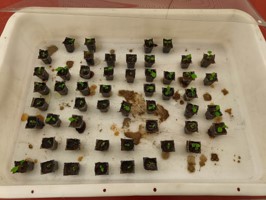
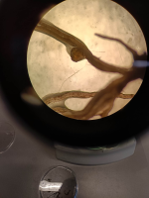
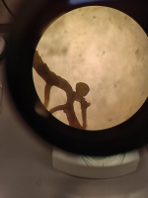

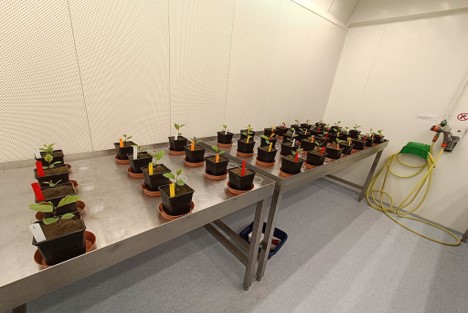
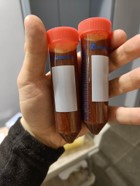



Comments